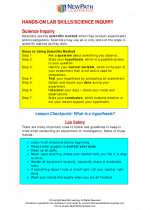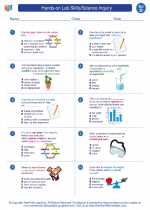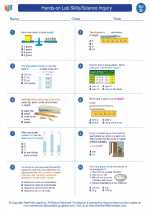Mirrors
Mirrors are objects that have a smooth, shiny surface and are used to reflect light. They are commonly used in everyday life for activities such as grooming, applying makeup, and in scientific and industrial applications.
Types of Mirrors
There are several types of mirrors, but the most common ones are:
- Plane Mirrors: These mirrors have a flat, reflective surface and produce virtual images that are the same size as the object and appear to be the same distance behind the mirror as the object is in front of it.
- Concave Mirrors: These mirrors curve inward and can produce both real and virtual images, depending on the distance of the object from the mirror. They are used in applications such as satellite dishes and headlights.
- Convex Mirrors: These mirrors curve outward and always produce virtual images that are smaller than the object. They are commonly used in vehicle side-view mirrors and security mirrors.
Reflection of Light
When light strikes a mirror, it bounces off the surface at the same angle at which it hit the mirror. This is known as the law of reflection. The angle of incidence (the angle at which the light strikes the mirror) is equal to the angle of reflection (the angle at which the light bounces off the mirror).
The image formed in a mirror is a result of the reflection of light rays. These rays converge at the location of the image, creating either a virtual or real reflection of the object.
Study Guide
Here are some key points to remember when studying mirrors:
- Define what a mirror is and its primary function.
- Identify and describe the different types of mirrors, including plane, concave, and convex mirrors.
- Understand the principles of reflection of light, including the law of reflection and how light rays interact with mirrors.
- Be able to explain the formation of virtual and real images in different types of mirrors.
- Understand the practical applications of mirrors in everyday life and in various industries.
Understanding mirrors and their properties is important not only for scientific knowledge but also for practical applications in various fields.
[Mirrors] Related Worksheets and Study Guides:
.◂Science Worksheets and Study Guides Fourth Grade. Hands-on Lab Skills/Science Inquiry

 Worksheet/Answer key
Worksheet/Answer key
 Worksheet/Answer key
Worksheet/Answer key
 Worksheet/Answer key
Worksheet/Answer key
